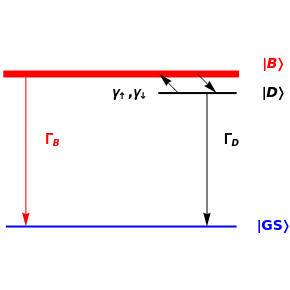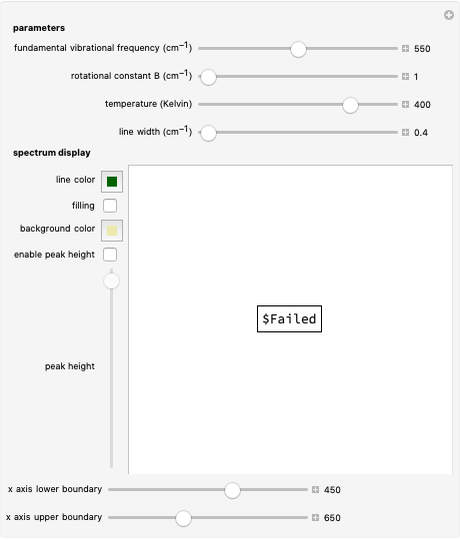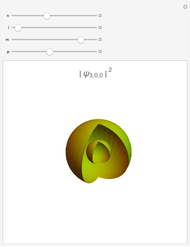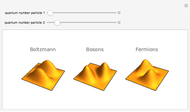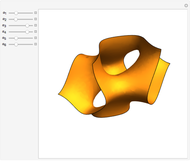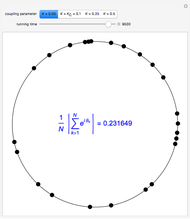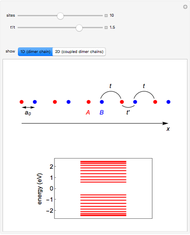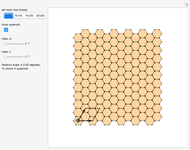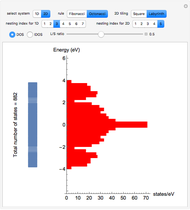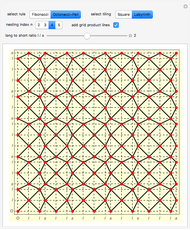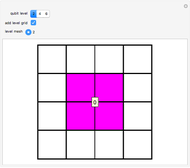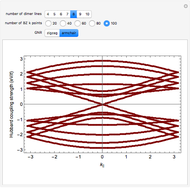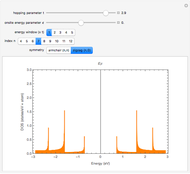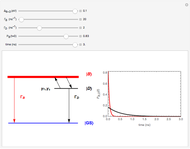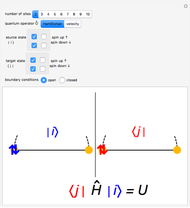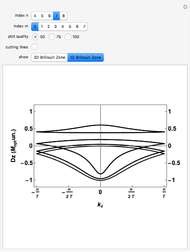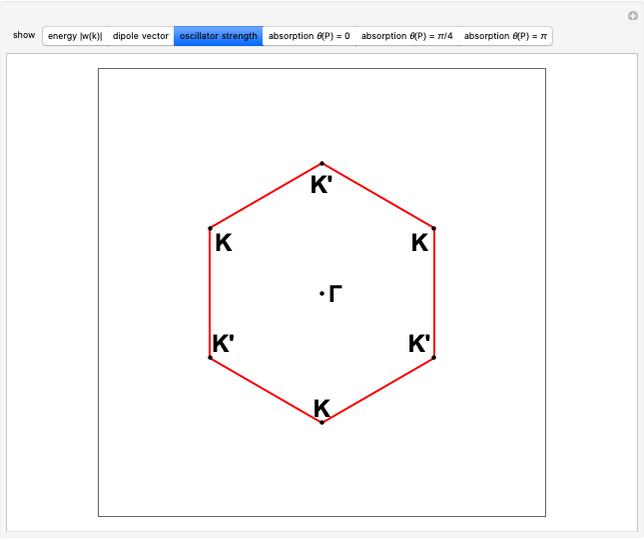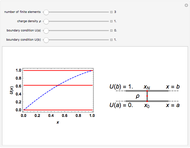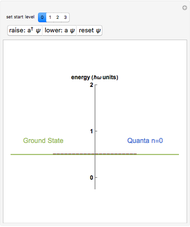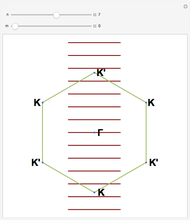Rate Equations for a Three-Level Model in Low-Dimensional Exciton Systems

Requires a Wolfram Notebook System
Interact on desktop, mobile and cloud with the free Wolfram Player or other Wolfram Language products.
This Demonstrations shows a three-level scheme useful for describing the luminescence decays of low-dimensional quantum systems, such as single-walled carbon nanotubes and quantum dots. The excited-state photophysics of these systems can be modeled with an optically active exciton state, namely bright exciton  , with an optically forbidden level below, known as dark exciton
, with an optically forbidden level below, known as dark exciton  , separated by a splitting energy
, separated by a splitting energy  (of the order of a few meV). Recombination from both levels to the electronic ground state
(of the order of a few meV). Recombination from both levels to the electronic ground state  is recovered by the related rates
is recovered by the related rates  (mainly nonradiative) and
(mainly nonradiative) and  (purely nonradiative), respectively. The inverse quantities give the lifetimes of these excitons.
(purely nonradiative), respectively. The inverse quantities give the lifetimes of these excitons.
Contributed by: Jessica Alfonsi (March 2011)
(University of Padova, Italy)
Open content licensed under CC BY-NC-SA
Snapshots
Details
For more information, see [1], [2], and [3]. In [3] is a treatment of spin-flip processes using the Fermi-Dirac distribution function, but with similar rate equations as in [1] and [2].
References
[1] T. Gokus, L. Cognet, J. G. Duque, M. Pasquali, A. Hartschuh, and B. Lounis, "Mono- and Biexponential Luminescence Decays of Individual Single-Walled Carbon Nanotubes," Journal of Physical Chemistry C 114(33), 2010 pp. 14025–14028.
[2] R. Matsunaga, Y. Miyauchi, K. Matsuda, and Y. Kanemitsu, "Symmetry-Induced Nonequilibrium Distributions of Bright and Dark Exciton States in Single Carbon Nanotubes," Physical Review B, 80, 2009 p. 115436.
[3] P. A. Dalgarno, J. M. Smith, B. D. Gerardot, A. O. Govorov, K. Karrai, P. M. Petroff, and R. J. Warburton, "Dark Exciton Decay Dynamics of a Semiconductor Quantum Dot," Physica Status Solidi A 202(14), 2005 pp. 2591–2597.
Permanent Citation
